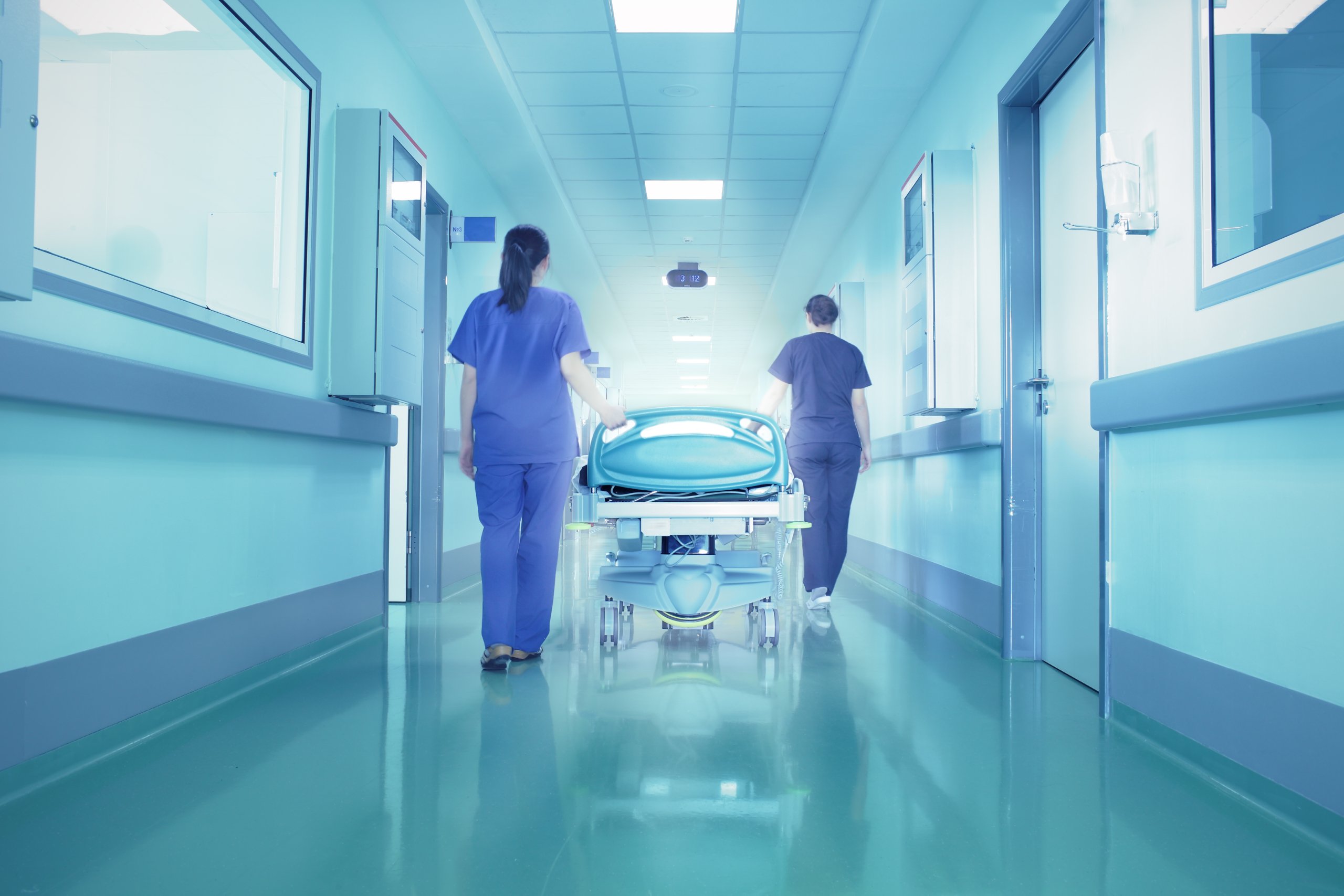



Leading the Way: Hospitals Powered by Pole Star Shine in Newsweek’s World’s Best Smart Hospitals 2024
We are thrilled to share some exciting news in the world of healthcare technology! Newsweek’s latest report on the “World’s Best Smart Hospitals 2024” has just been released, and it’s filled with groundbreaking insights into the rapidly evolving landscape of healthcare facilities around the globe.
In this year’s prestigious ranking of the top hospitals worldwide, we’re proud to announce that not one, not two, but three of the hospitals listed among the top 13 are equipped with cutting-edge indoor location technology by Pole Star. This remarkable achievement underscores the pivotal role that advanced technology plays in shaping the future of healthcare.
Pole Star Technologies has been at the forefront of the indoor location solutions industry, providing innovative tools that enable hospitals to enhance patient experiences, streamline operations, and improve overall care delivery.
But that’s not all; it’s not just the top-tier hospitals benefiting from Pole Star’s expertise. Hospital For Special Surgery, an institution renowned for its excellence in orthopedics and rheumatology, has also recognized the value of Pole Star’s indoor location-based services. Ranked at an impressive #46 in the World’s Best Smart Hospitals list, this institution joins the growing list of healthcare providers harnessing the power of Pole Star’s solutions to transform their services.
Indoor Location technology powered by innovators like Pole Star, is revolutionizing the healthcare landscape by offering a diverse range of use cases that extend far beyond traditional GNSS-based navigation. These cutting-edge solutions leverage a combination of technologies, including Bluetooth Low Energy (BLE) beacons, Wi-Fi, sensor fusion, Map data and AI to provide precise and reliable location data within complex indoor environments, such as hospitals. Here are some of the key use cases and applications of indoor location technology in healthcare:
One of the primary benefits of indoor location technology is its ability to guide patients and visitors seamlessly through the sprawling and often labyrinthine layouts of modern hospitals. Patients can easily find their way to appointments, departments, and specific rooms, reducing anxiety and minimizing the risk of delays.
Hospitals rely on a vast array of expensive and critical medical equipment. Indoor location technology allows for real-time tracking of assets (#RTLS) like wheelchairs, infusion pumps, and specialized diagnostic tools. This ensures that equipment is readily available when needed, reducing downtime and improving resource allocation.
Healthcare providers can optimize staff workflows with indoor location technology. Nurses and doctors can receive real-time notifications and alerts on their mobile devices, helping them respond promptly to patient needs and emergencies.
Hospitals can offer personalized experiences to patients by delivering location-based information and services. For example, patients can receive relevant educational content about their condition or nearby amenities, such as cafeterias and restrooms.
Indoor location solutions can be tailored to assist visitors with disabilities, providing them with accessible routes and additional support, such as voice-guided navigation or braille directions.
Hospitals can establish geofences to enhance security. Unauthorized access to restricted areas can trigger immediate alerts, ensuring the safety and confidentiality of patient data.
In times of crisis, indoor location technology can pinpoint the exact location of individuals in need of assistance, facilitating rapid response by emergency services and hospital security.
At Pole Star, we are dedicated to bringing you the latest updates and insights into the world of healthcare innovation. Stay tuned as we delve deeper into the advancements, strategies, and success stories that continue to shape the future of smart hospitals.
Join us as we explore the remarkable journey of these hospitals and the transformative impact of Pole Star’s technology. Together, we are witnessing the evolution of healthcare into a more efficient, patient-centric, and tech-savvy industry.